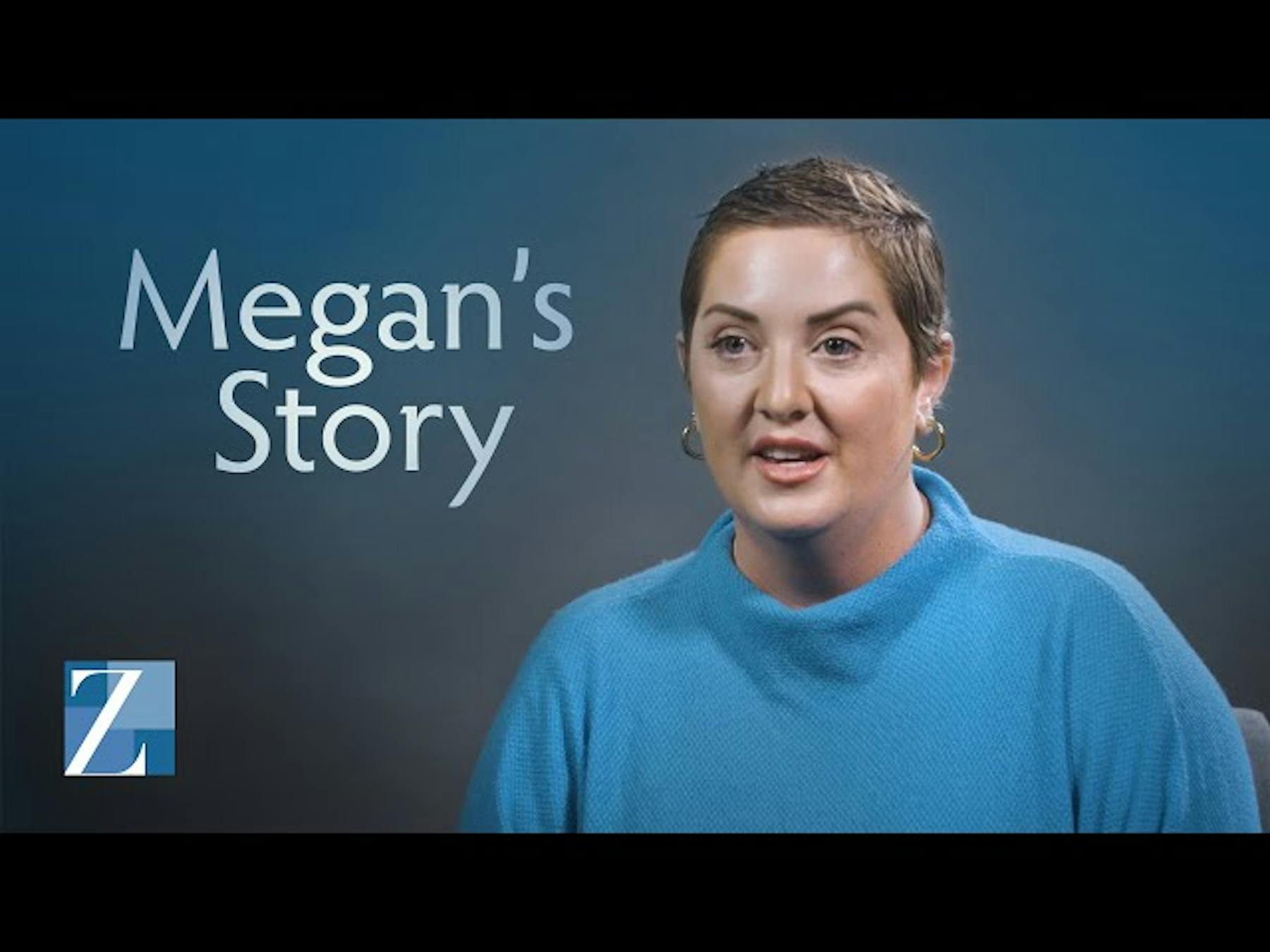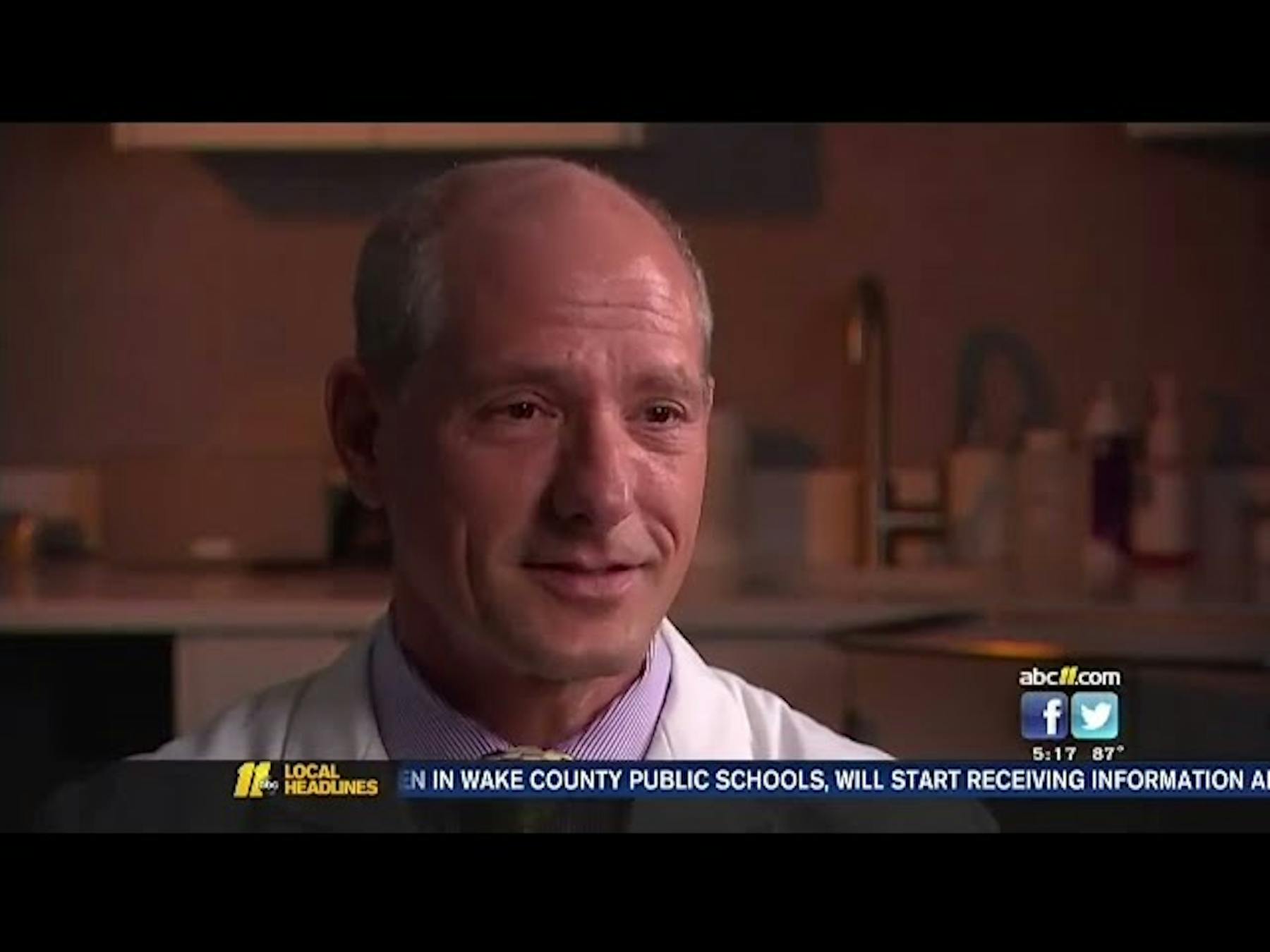Dr. Zenn is internationally recognized as an expert in breast reconstruction.
The Role of Tissue Expanders
The success of a nipple sparing mastectomy depends on having good blood supply after the surgery. The nipple and breast skin require this blood supply to survive but are accustomed to receiving blood supply from the breast tissue that has now been removed. Therefore, complications including loss of breast skin or the nipple can be as high as 50% if reconstruction is attempted at time of mastectomy. For this reason, most patients don’t receive a final breast implant in the same operation as the mastectomy.
Instead, most plastic surgeons place a tissue expander at the time of mastectomy. Initially, this tissue expander has much less volume than the required implant. Therefore, it places less pressure on sensitive mastectomy skin thereby encouraging the development of new blood supply. Since the process of tissue expansion usually takes months to achieve the desired size, the nipple and breast skin have time to regain the blood supply they need to survive.
Approximately three months after mastectomy and expander placement, breast reconstruction patients undergo a follow-up operation to replace the now fully expanded tissue expander with a final implant.















